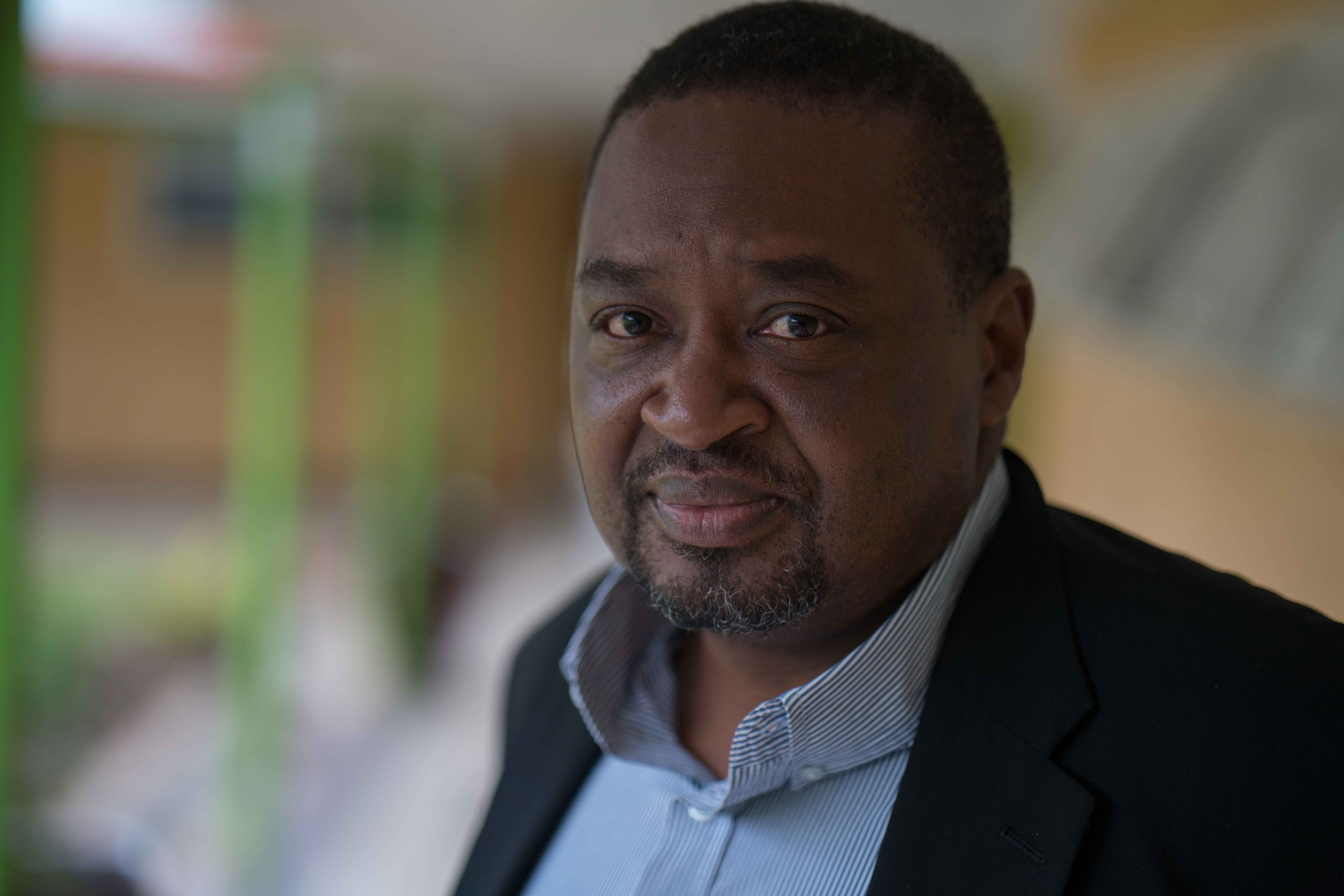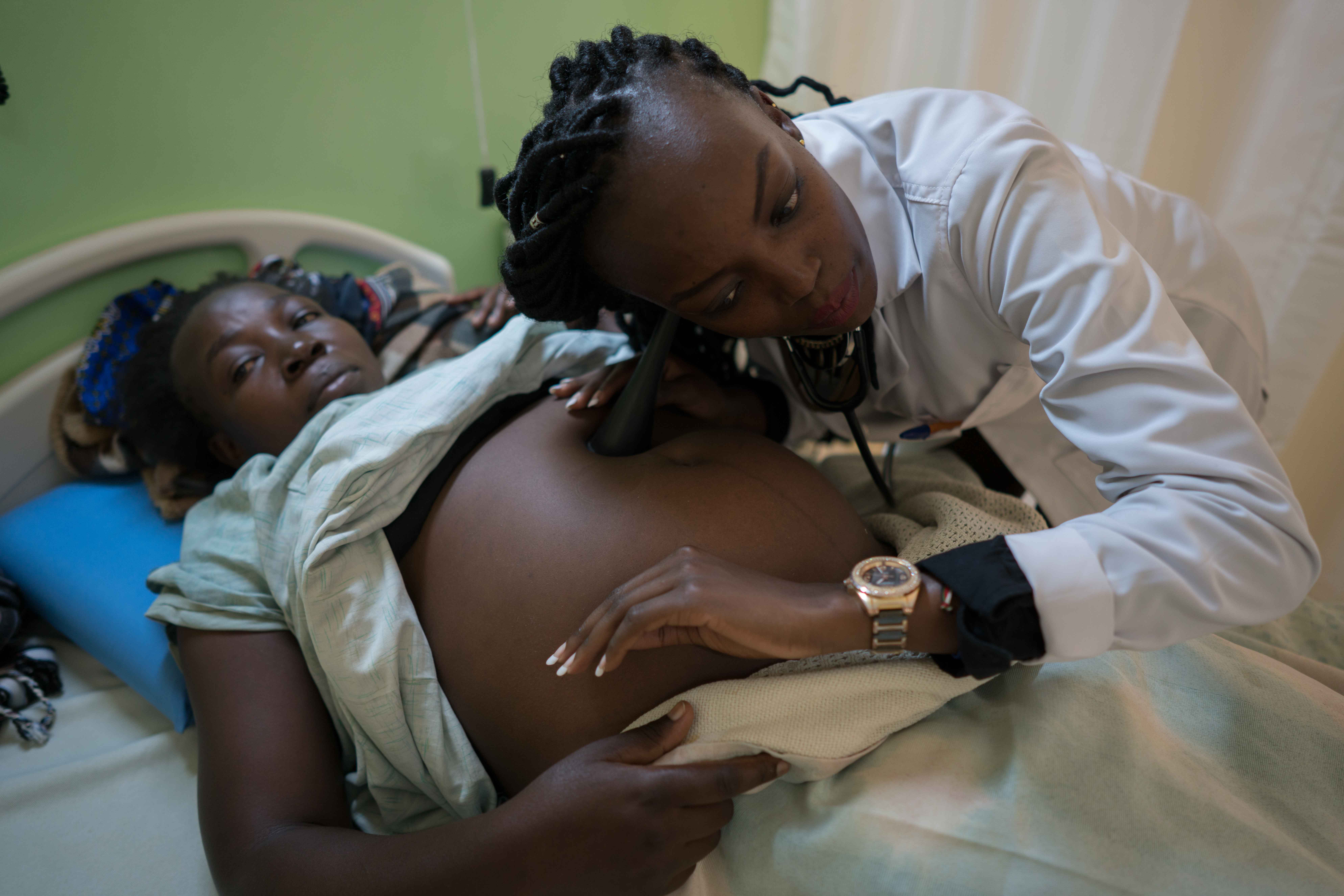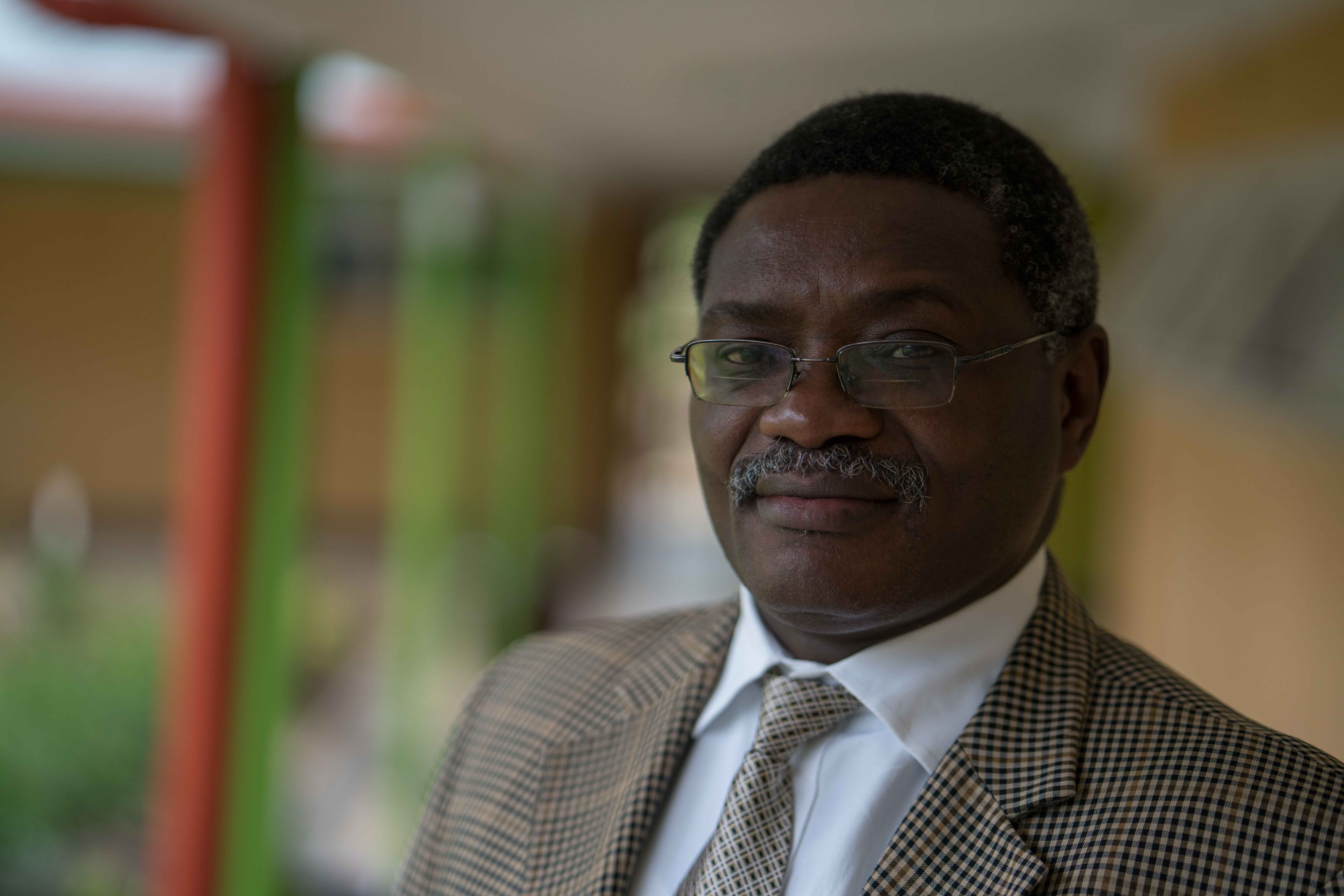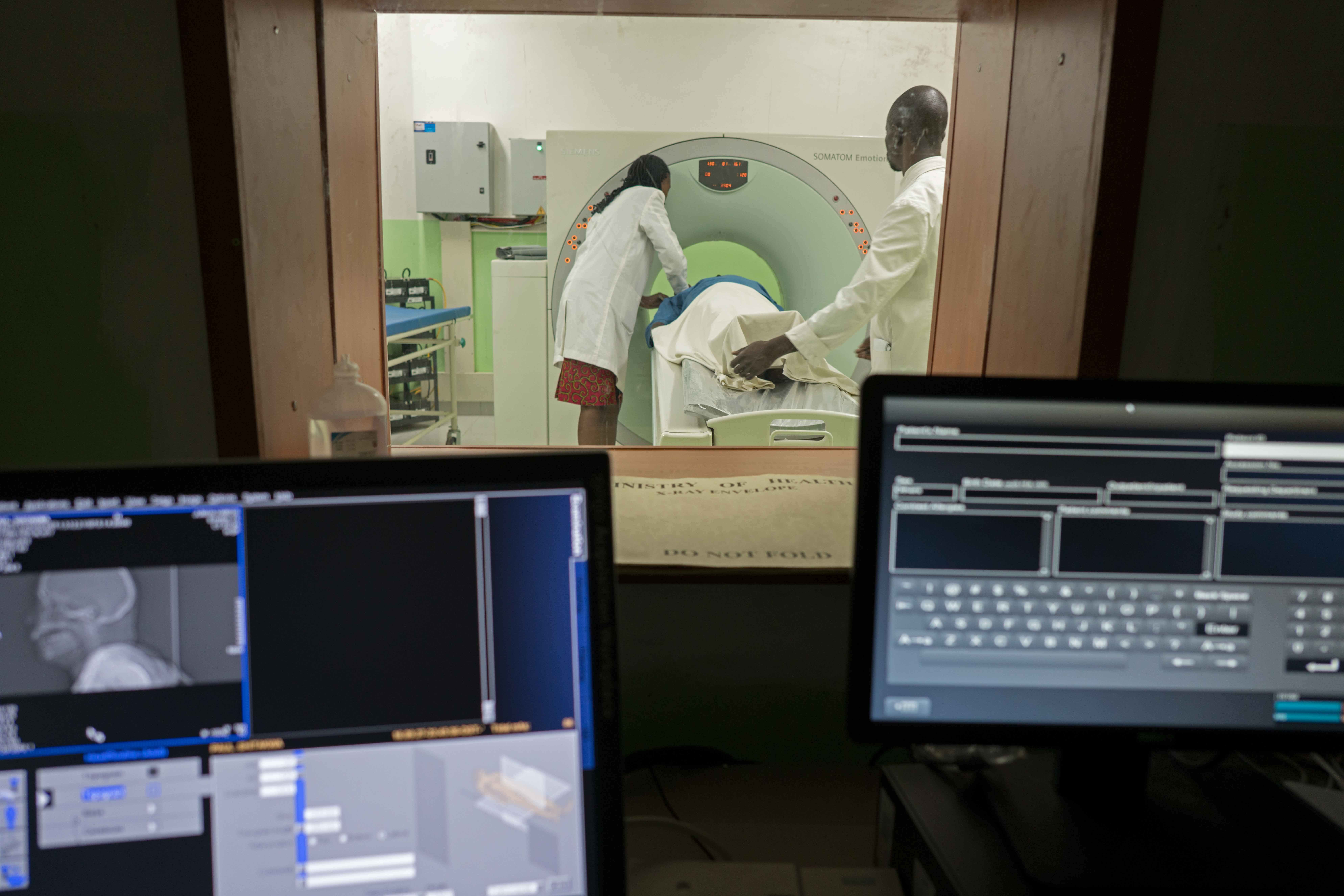Kibuga Karithi fulfils a vow to his dying wife and brings accessible healthcare to a Kenyan region
Kibuga Karithi’s wife died of cancer three years ago, because she was diagnosed late. He promised her that he would bring better medical facilities to Kenya, so that patients like her would no longer have to save up for a journey to India before they received treatment. “It’s a bit ridiculous,” he says, “and it’s time we stopped it.”
Karithi traveled extensively in India with the Reverend Canon Peter Karanga, an Anglican priest who is general secretary of the National Council of Churches of Kenya. They studied how Indian hospitals brought quality healthcare to relatively low-income patients at a quarter of the price of the same treatments in Kenya. What they found was a model they are now trying to replicate in Kenya.
“Like Ford created the assembly line, India created a model where medicine is done at production-line levels,” Karithi says. “If we can mimic the efficiencies in Kenya, we will also mimic the results. Frankly, we want this to be an African experience, so that medical outcomes in Africa compare to outcomes anywhere in the world.”

Hospital General Manager Kibuga Karithi
Filling the health gap between rich and poor
Karithi is general manager of a newly renovated and enlarged hospital in Kaimosi, western Kenya. The hospital fills the gap between underfunded government hospitals and Nairobi facilities so expensive as to be out of reach for all but the richest Kenyans. It features:
- 100 beds
- an intensive care unit
- operating theatres
- laboratories and diagnostic services
- a maternity unit
- comprehensive HIV care
The Jumuia Friends Hospital should serve 500 patients a day by the end of the year. With financing backed by the European Investment Bank, it also aims to break even around then.
Kenya hospital boosts local economy
The first hospital on the site opened 110 years ago, serving western Kenya and parts of Uganda and Tanzania. It became a government hospital in 1967. By the time the National Council of Churches took it over two years ago, the facility was “in dire straits,” says Karithi.
For any serious injury or condition, patients in the region had to make their way to Nairobi 340 km away. With its updated services, the hospital will be able to treat almost all cases without referring them to distant facilities, says Dr. Sharon Ogimda, one of the Jumuia medical staff. “It’s a good venture that will help a lot of people around here.”

Doctor Sharon Ogimda checks Rose Kigali’s unborn baby
Even on its first day in October, the hospital welcomed new patients. Rose Kagali came from a small village because she experienced early labour pains. Dr. Ogimda determined that Rose wasn’t giving birth and helped her rest in the outpatients unit.
“It’s the best hospital which has been brought near us,” Rose says. “People are very happy about it.”
At other hospitals in the region, Rose notes, equipment and staff are lacking. “So the services you receive maybe sometimes are delayed. It’s different from here, where you are received well and given the care that you deserve.”
The hospital will cover at least five Kenyan counties. More than 200 people will work there. Jumuia will boost the local economy with its need for food and other supplies, too. “It will be a significant actor in the social transformation of this area,” says Rev. Karanga, who doubles as chairman of the hospital.

Rev. Canon Peter Karanga
Africa health gets flexible financing
Karanga’s National Council of Churches set up a special-purpose vehicle to finance the hospital.
Rates at Kenyan commercial banks have been unstable, so Karanga was keen to obtain financing from the EIB through a regional development bank based in Nairobi. The EIB loan was also longer-term than those offered by local banks.
“The EIB funding was extremely flexible,” he says. “They were very quick to move from the thinking, conceptual side to disbursement. Most importantly, once they got the idea and understood what we were trying to do, they backed us.”
Over the next 15 years, Rev. Karanga hopes to replicate the renovation and expansion of Jumuia across Kenya, building a group of 12 facilities that will include sites for specialised treatments and a teaching hospital. “We are national, not for profit. We invest for a mission and have a history of 100 years of operation in Kenya,” he says. “We are around to stay.”

The new MRI machine at Jumuia
